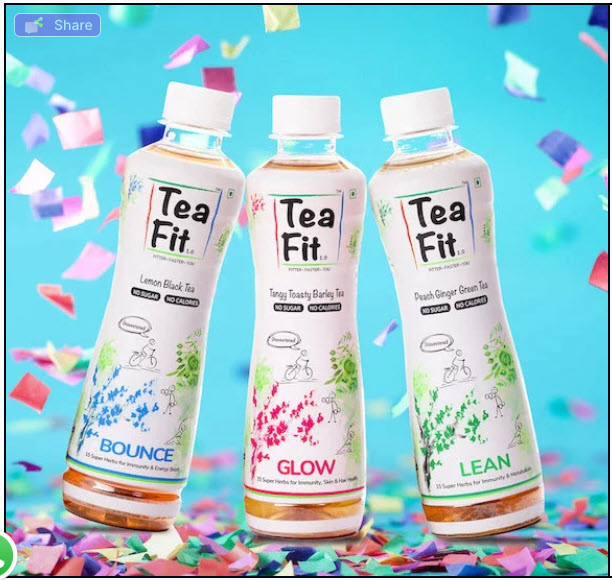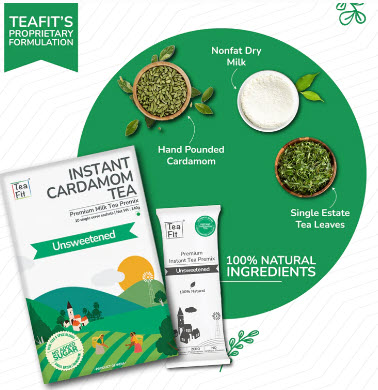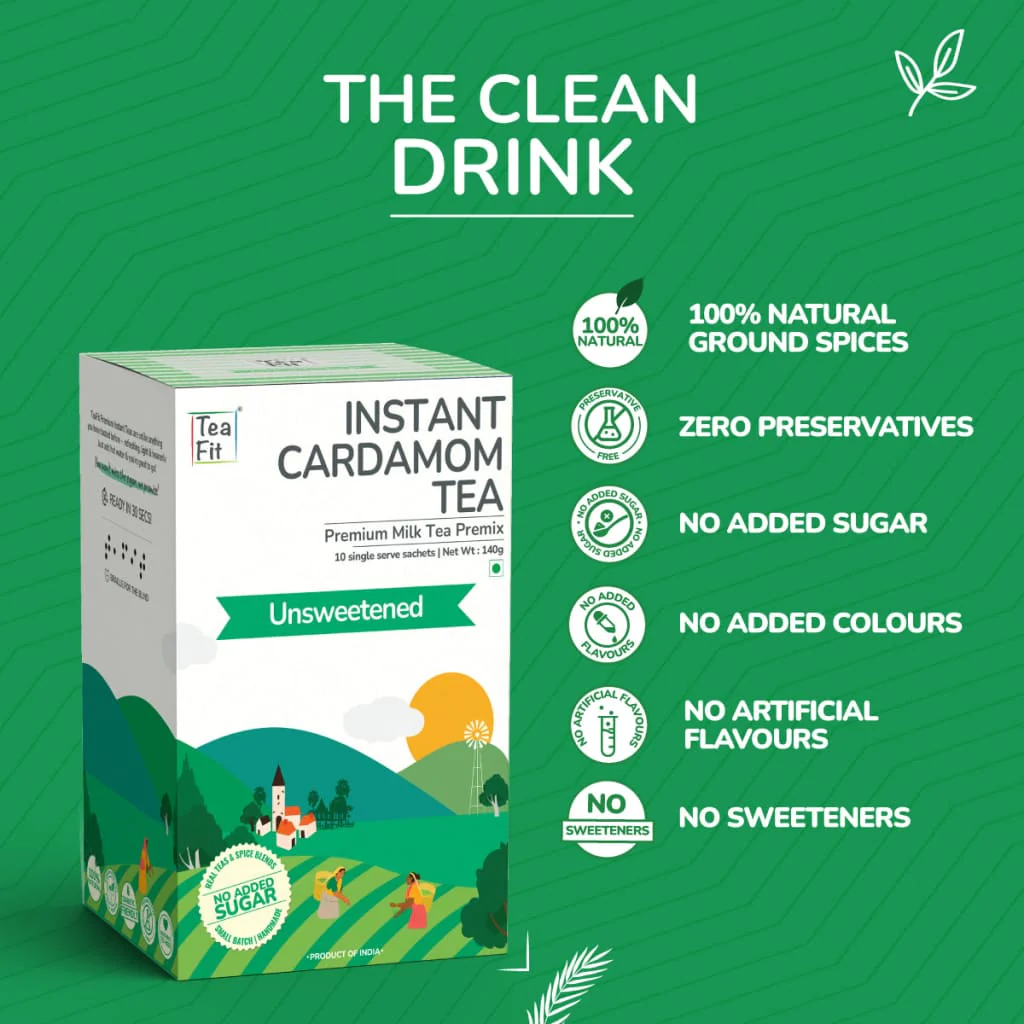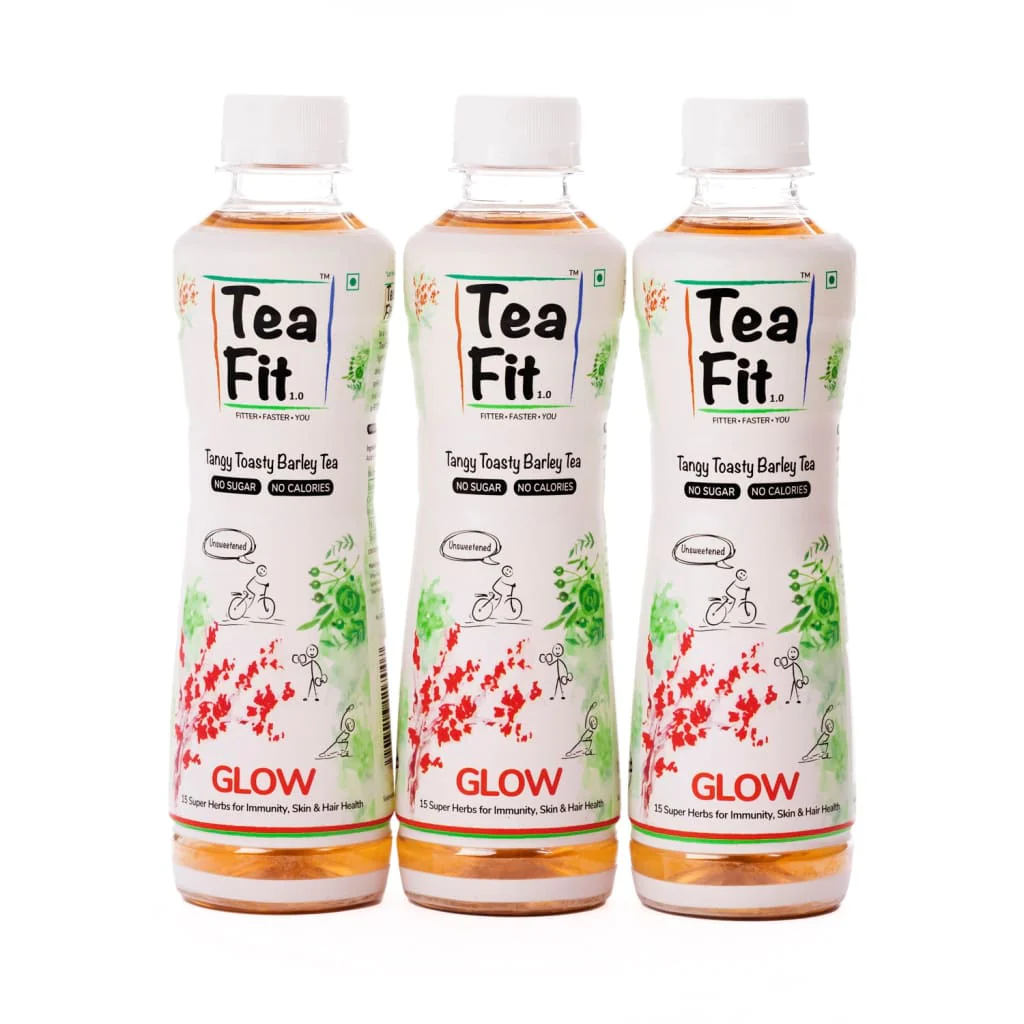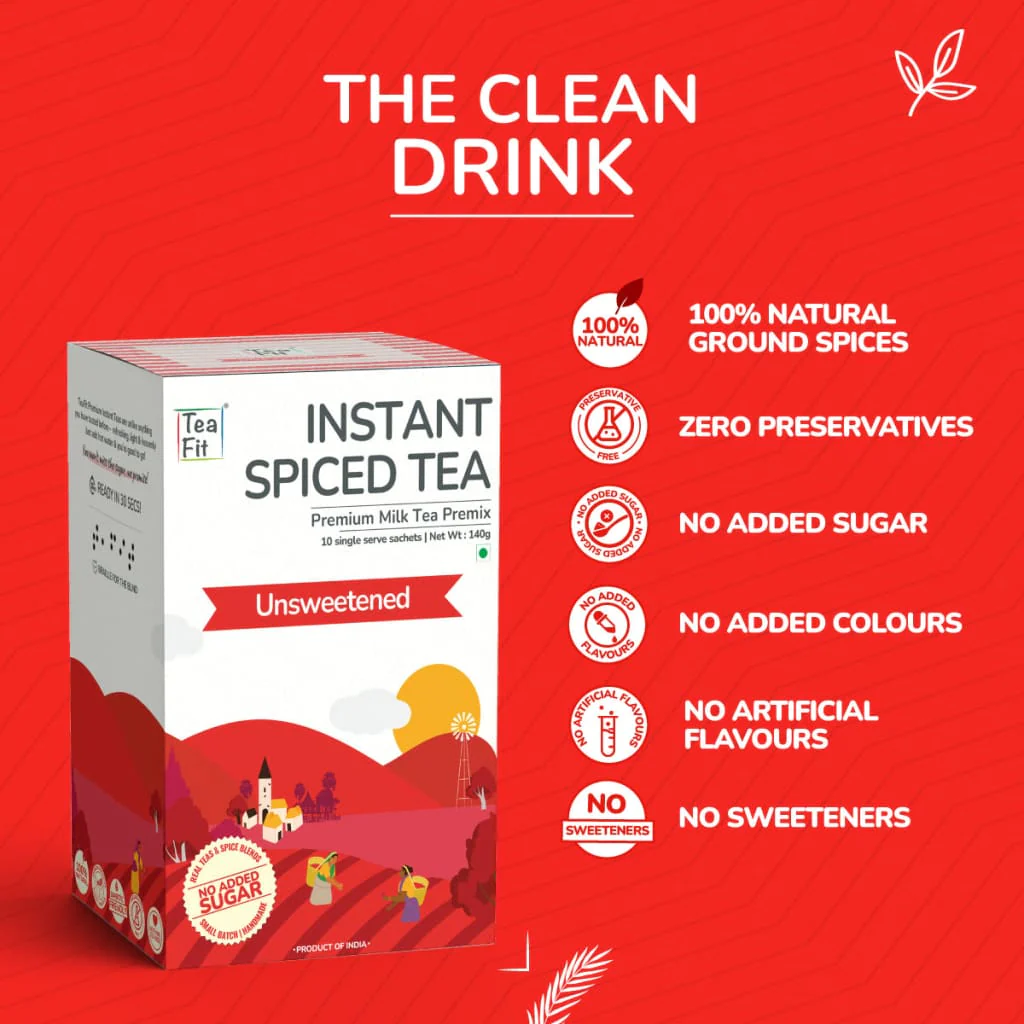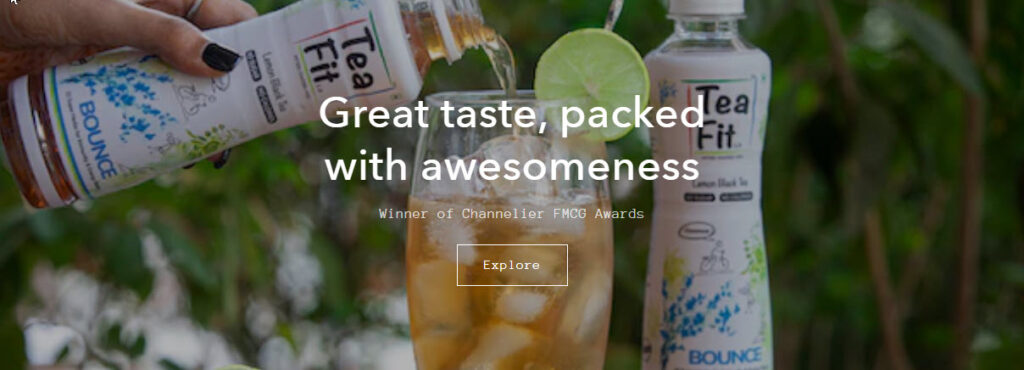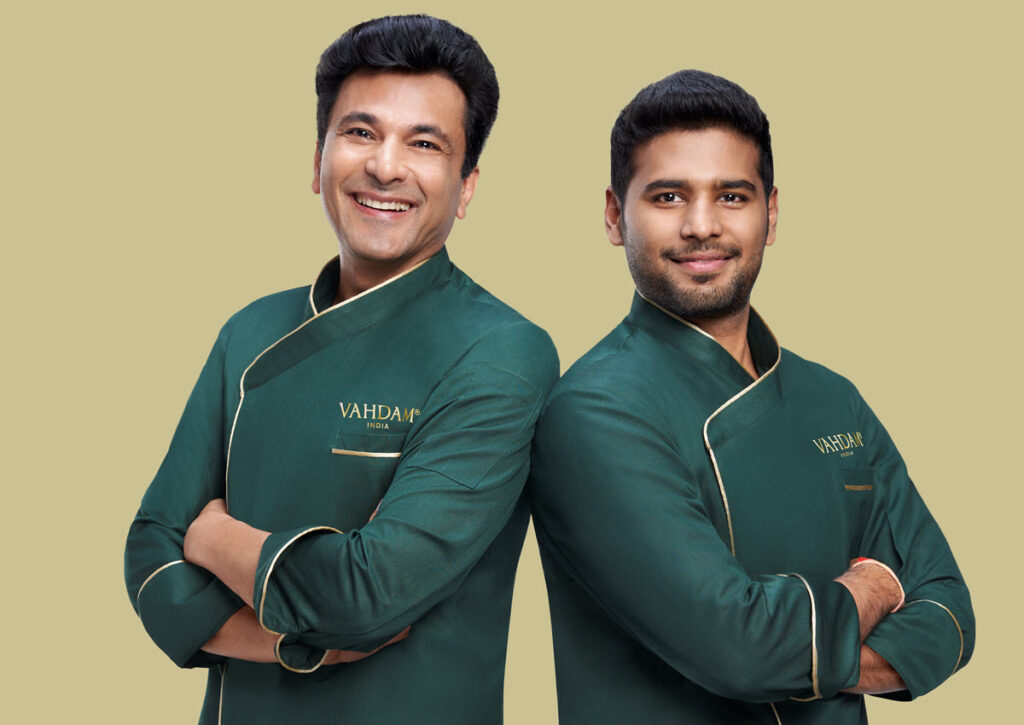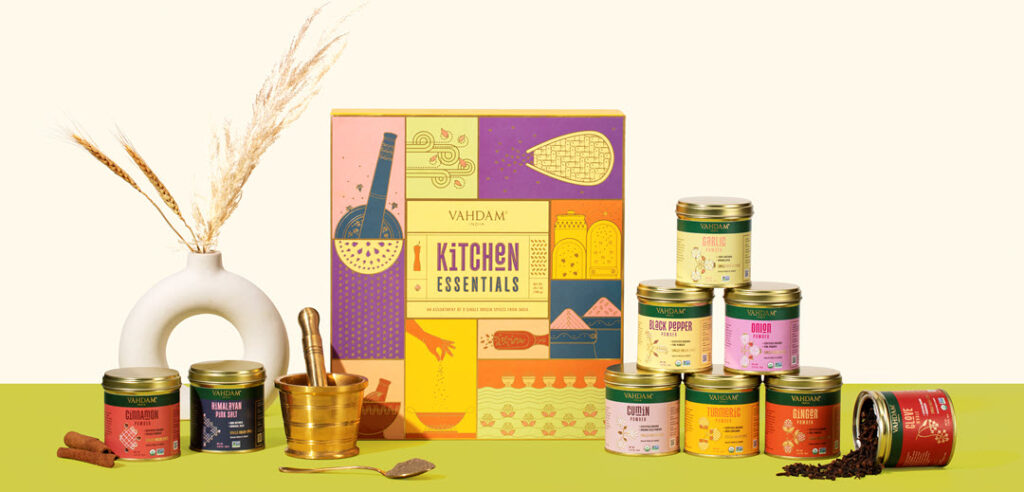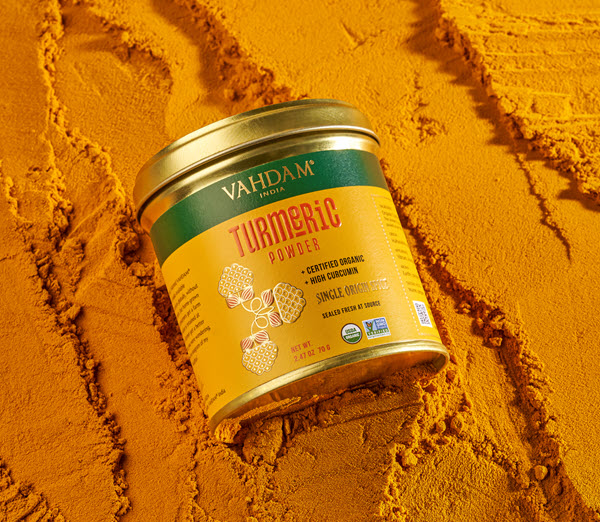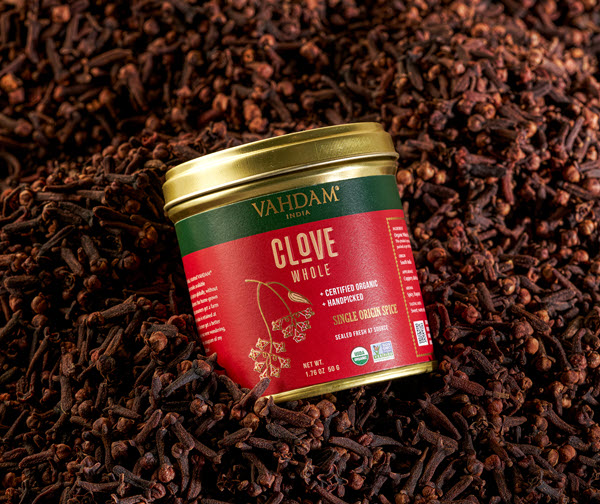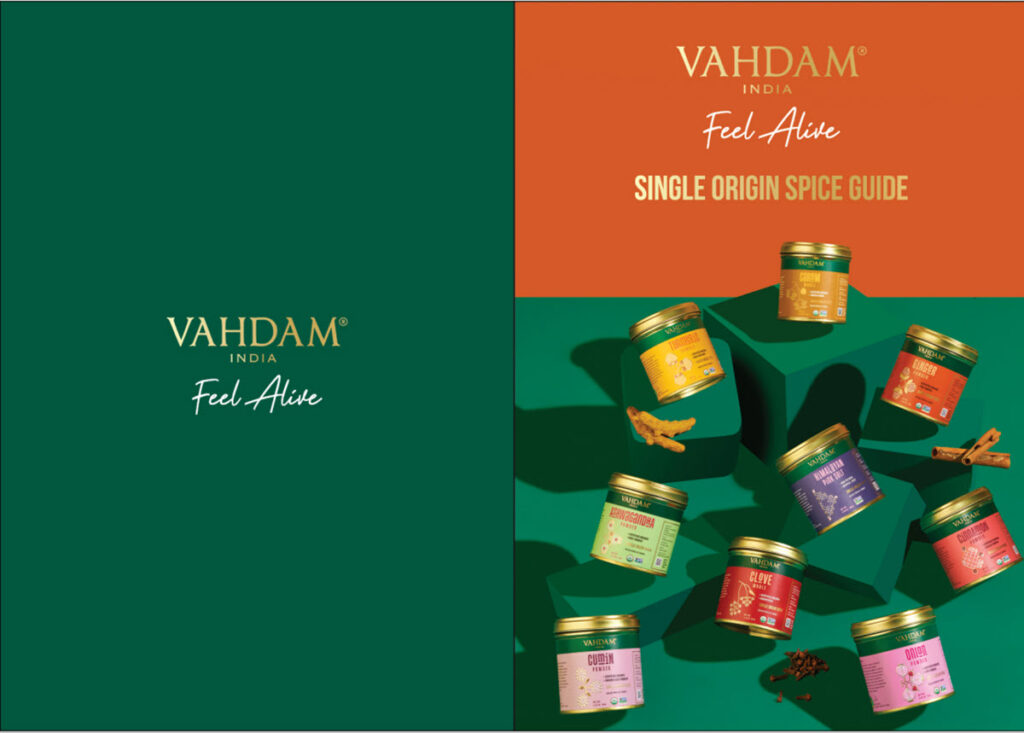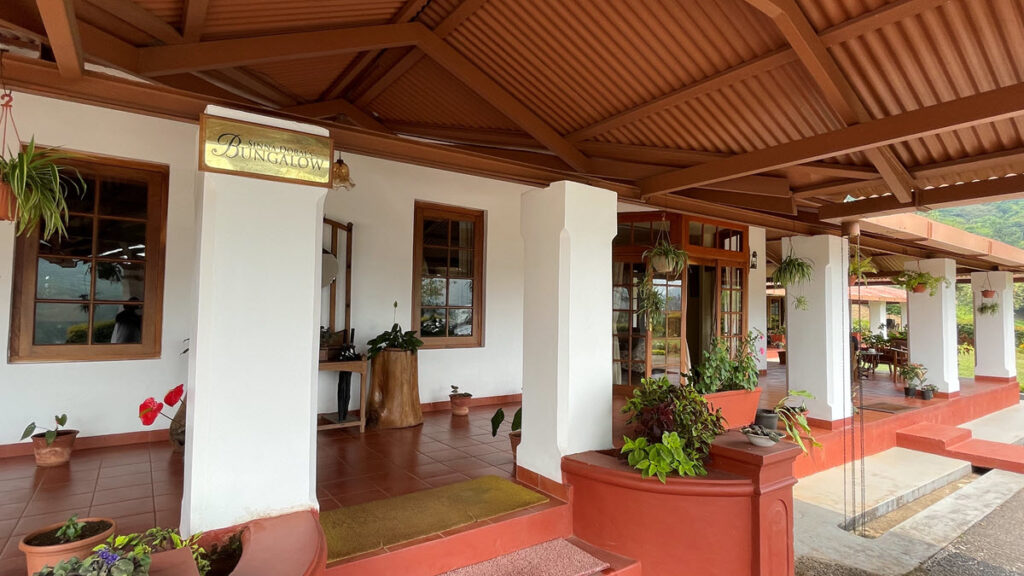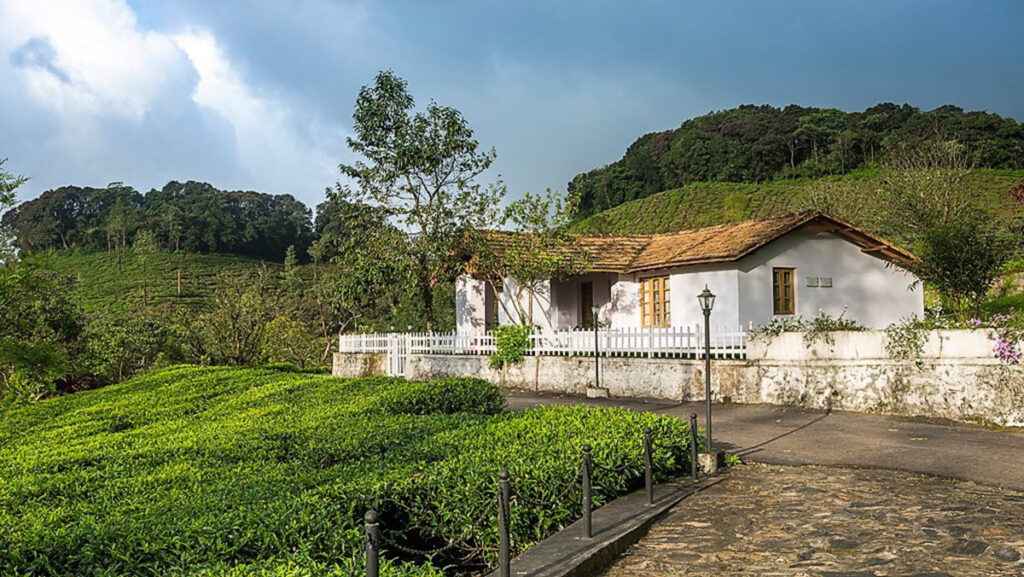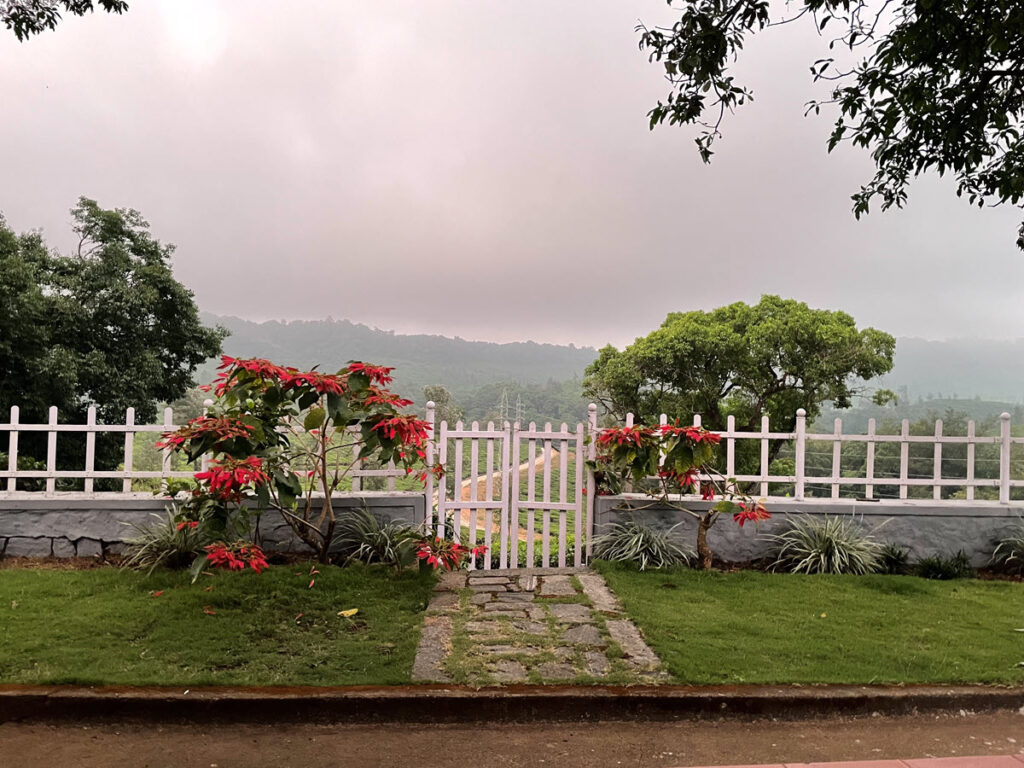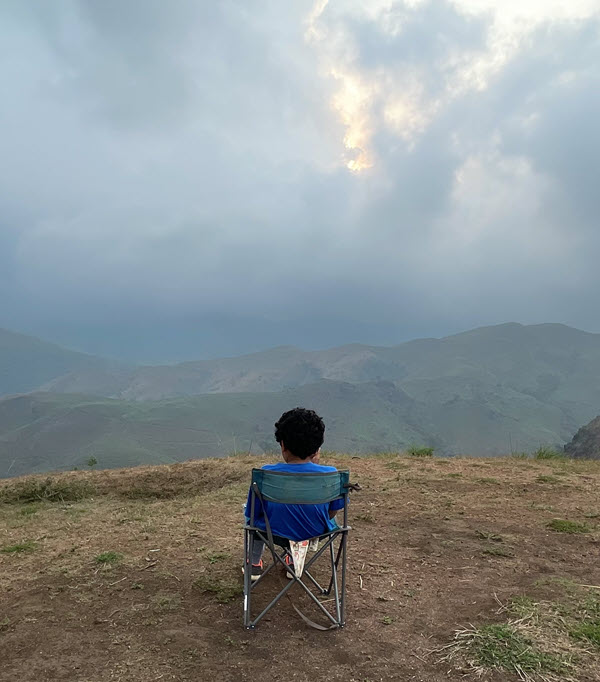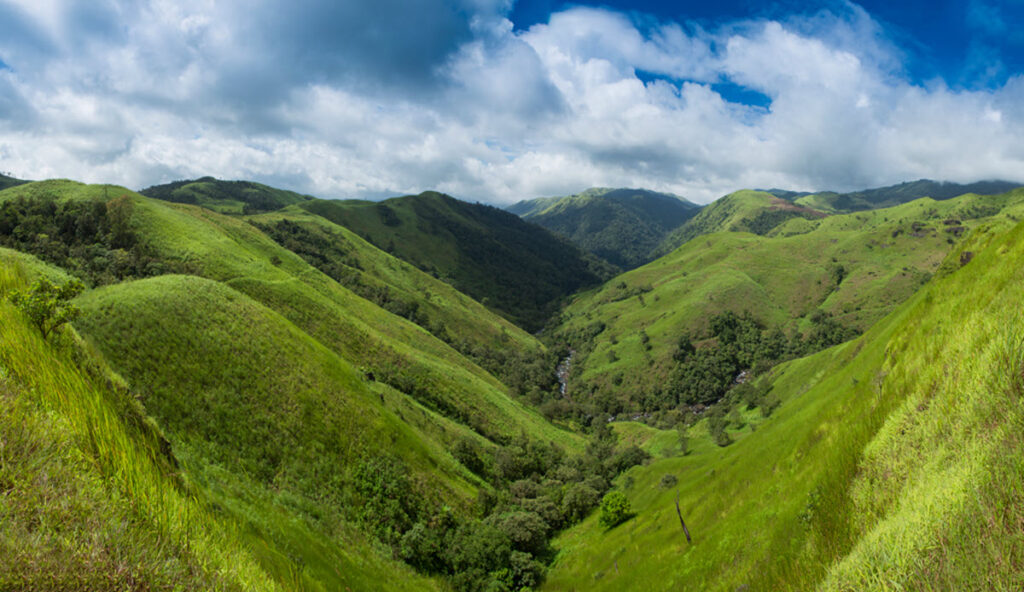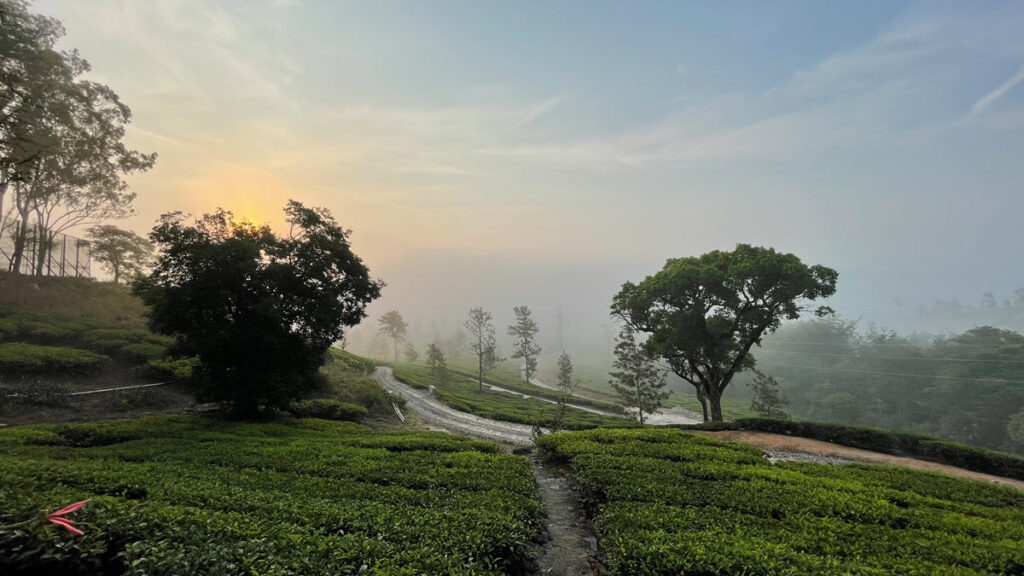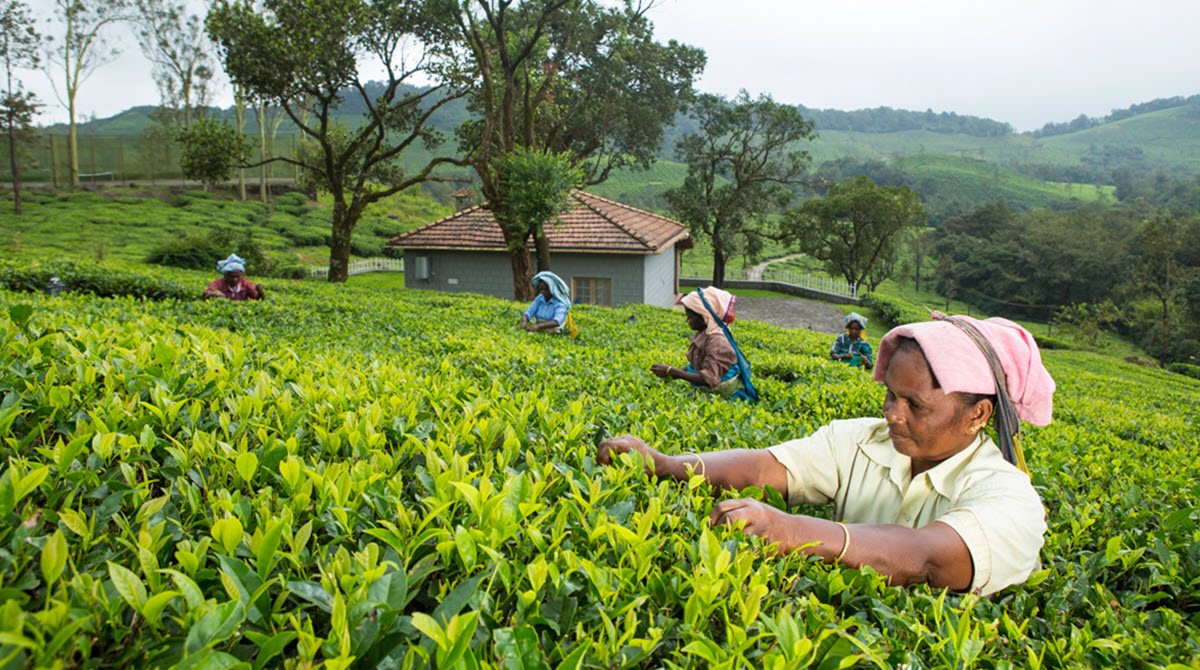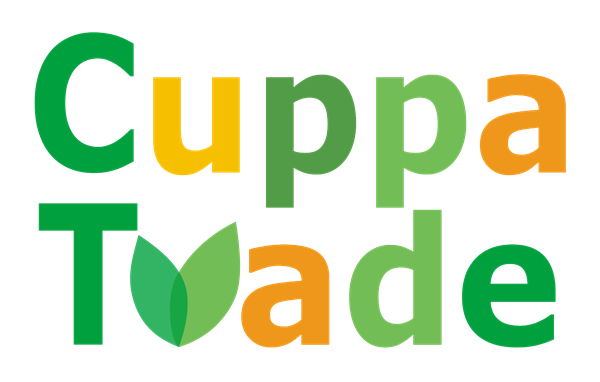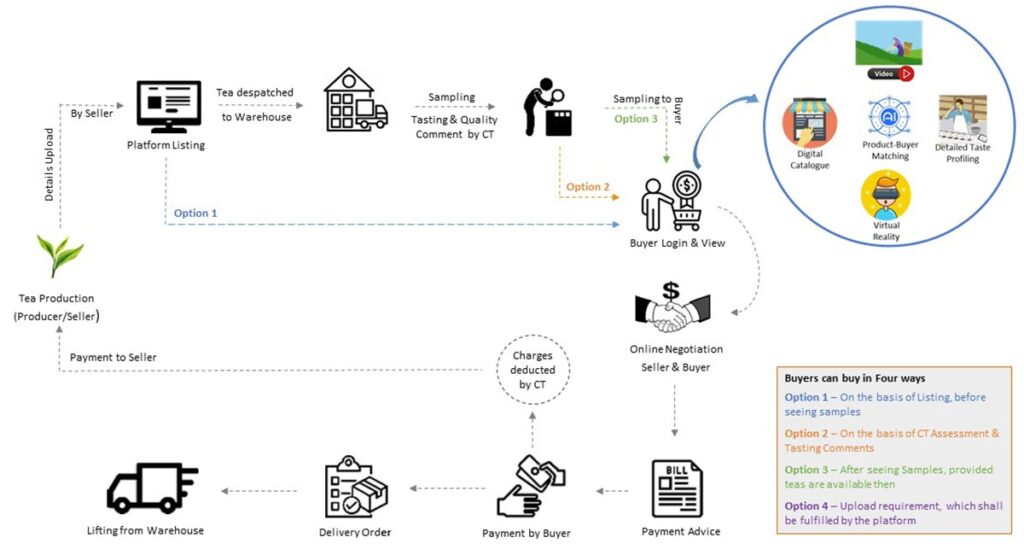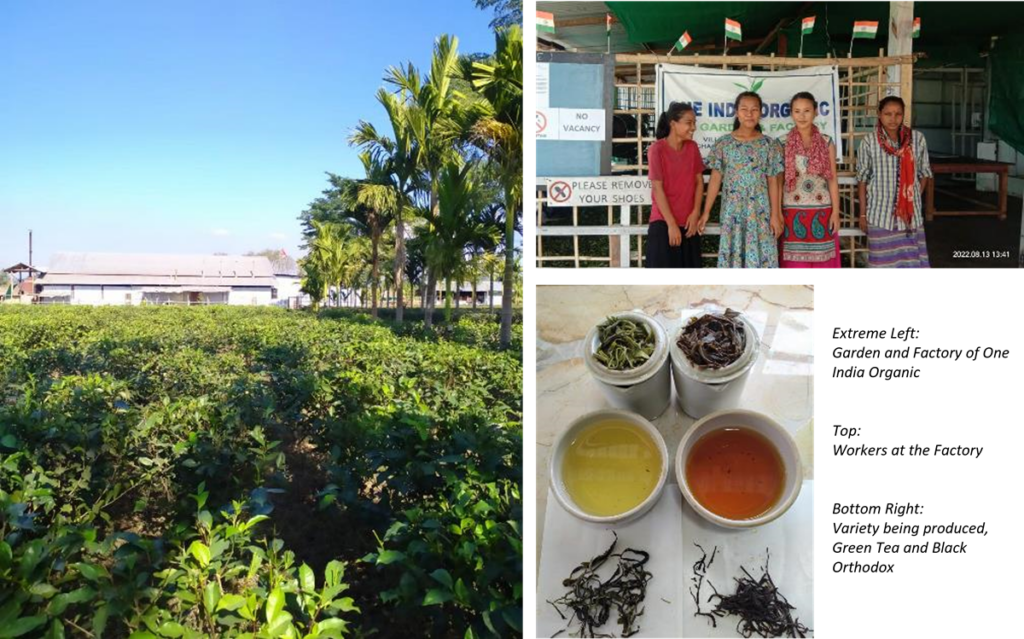Trustea was launched in 2013 by tea industry stakeholders and producers determined to elevate the quality of India’s domestic tea. Today 65% of the tea produced in India adheres to the trustea Code. This month, trustea celebrates ten years of service, improving the competitiveness of tea gardens by positively influencing the practices and scale of production, farm organization, processing, new technologies, and supply chain development. We invited Rajesh Bhuyan, Director of the trustea Sustainable Tea Foundation, to describe’s trustea’s impact and plans for the decade ahead, including a Seal on Pack label to inform consumers of brand compliance with the code.
Listen to Interview
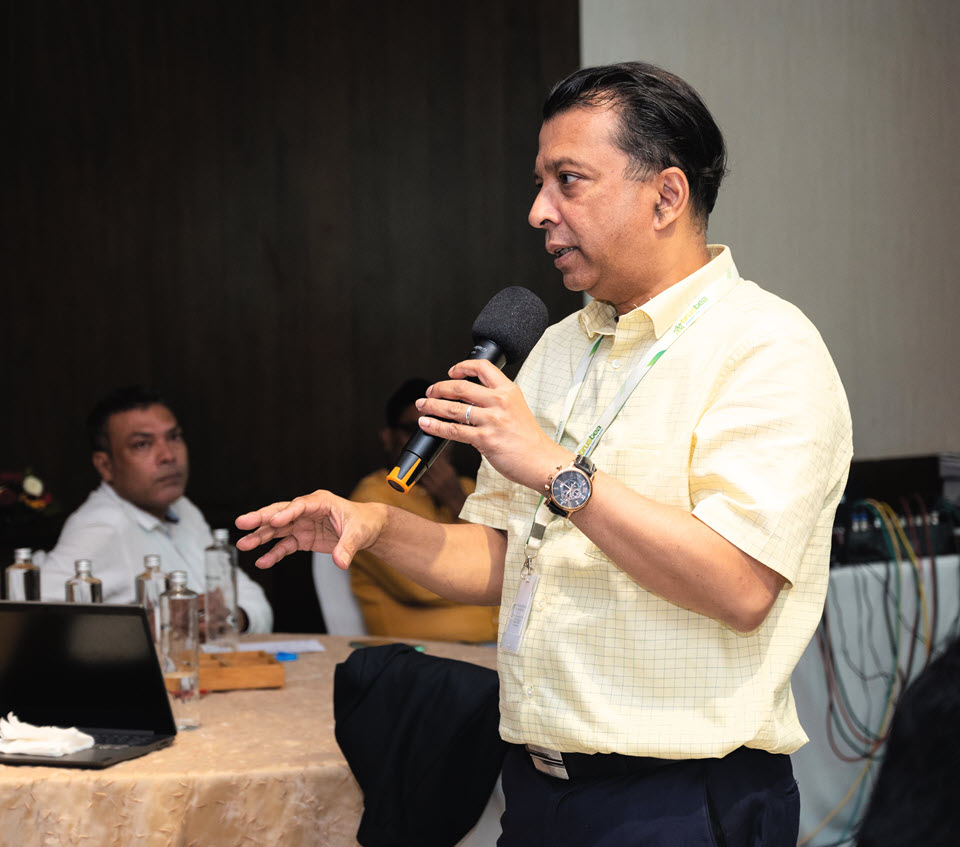
Sustainability Assured
By Aravinda Anantharaman
Rajesh Bhuyan is the founding director of trustea, a sustainability code and verification system for Indian tea. The program is advised by an inclusive multi-stakeholder council that formulates and approves long-term strategies. The collaborative nature of the trustea “helps us when we go out and meet the tea community when we propagate our program because it has come out through the approval of the larger tea fraternity,” says Bhuyan.
Aravinda Anantharaman: Can you take us through what trustea does?
Rajesh Bhuyan: Globally, sustainability has been one of the major emerging challenges for all agro-commodity supply chains. India is the second largest tea producer in the world. So producing tea in a sustainable way is also critical from a global point of view. The trustea program was launched ten years ago, and it is unique in that it was a program that was conceived, developed, and completely launched in India itself. So it’s the “Make in India” program if you’d like to call it that. There is widespread acceptance because the industry launched it, and the acceptance levels are better. The program has elements that are specifically designed to address the Indian context for tea manufacturing. So that is another very important reason why we think that the producers and the buyers are finding value in the trustea program. Having completed ten years and come to a coverage of 65% of tea produced in India, I think that speaks volumes for the program’s progress and how the industry works with us.
Aravinda: So trustea is not about whether it’s CTC or Orthodox. It’s also agnostic in terms of the segment, right? How does trustea view and approach the industry?
Rajesh: So trustea is a sustainability program for tea. We cover the supply chain from the fields where the tea is picked up through manufacturing and the dispatch from the factory. So that is the ambit of the program. Everything within that falls under the trustea code. And within that – because we look at sustainability in a holistic way, we think that environment, livelihood, and safety go hand in hand. We cannot have one without the other. So the activities we deem sustainable, which we would like people to follow, cover these three pillars from, as I said, from the field up to the factory gate. So we cover all the operations, all the people, all the processes that come in this part of the supply chain.
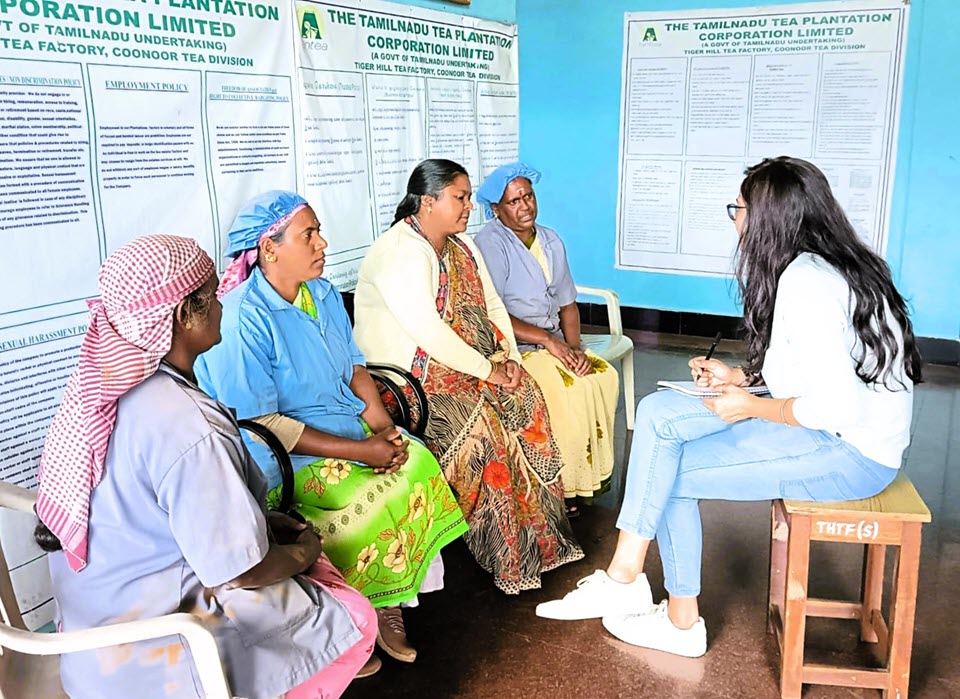
Aravinda: And where would you say you’ve seen the most challenge in the last ten years regarding the interventions you’ve needed to bring in?
Rajesh: Indian tea is celebrating 200 years of tea in Assam, so it’s been around for a long time, which means that there must be elements of sustainability built into the DNA of the industry; otherwise, the industry would not be working for so many years. But we needed to bring a sharper focus and method into the actions and fill the gaps where more could be done to address these three pillars. So that was the transitional change, which we found a challenge, and the industry was very willing to adopt that. So the transition from the practices that we’re doing to bring them into focus, to put them into a method and to bring an element of continuous improvement into their activities, and also opening the thought process that business sustainability – all of these come together. So we need to have a very, very, focused approach, understanding that all these elements come together to create a successful business, and successful people, happy people, and a prospering environment all contribute to each other.
Aravinda: And that’s part of what makes it complex, right, the fact that we have the small growers, bought leaf factories, and the large estates, and each comes with its own set of challenges, potential, and opportunity. How, then, can you address this sort of complexity across India? It’s vast in volume and complex in regions and terrain. How can you bring these varying factors into a single umbrella?
Rajesh: From a larger perspective, the small tea grower community and the larger gardens complement each other. We are seeing an increasing trend where many tea gardens are processing tea from the neighboring small tea growers and their own tea. So this is a testimony to the fact that these two segments of the business are able to merge their interests for a common goal. And in a way, the challenges of sustainability are similar, but I would say it is more pronounced for the small tea growers because they have a very limited bandwidth to respond to critical challenges or very sudden adverse impacts because of their smaller area and smaller production and their financial abilities. So while we find that we have a common template for sustainability in both segments, the small tea growers need a different approach and a different hand-holding and learning atmosphere. So we have actually developed, within the trustea code, the small tea growers sustainability portion, which addresses specifically the requirements of the small tea growers. But overall, all of this contributes to the larger Indian tea industry. So I think, in spite of the differences, both of them will be able to work well when they work within the ambit of trust.
Aravinda: And that’s probably what will be the strength of the industry, right? To be able to bring these two segments together? And if you look back at the last ten years, where would you say trustea has had the most impact?
Rajesh: I think one of the areas where we have been able to bring in is a structure and system in operation. The other one focuses on the legal compliances which have a direct bearing on individual’s human rights, on mandated wages, on mandated benefits, because the trustea program, as I said, is being prepared in India. We have all the Indian legal requirements as a part of the compliance. When we engage with an entity, we can have a structured approach to ensure full compliance with the legal requirements, or if something is missed, that is covered. So in a way, while we benefit the workers, we can also provide a security and business continuity guarantee to the business. So, it’s ensuring we have a very structured, systematic way of looking at the compliances if there are any gaps in the compliances. Now, these compliances ensure that the business is also run without any interruption from a legal point of view and simultaneously deliver benefits to the employees. So it’s a win-win for both sides when we look at it. So I would say that’s an area where I think a systematic approach is helping all of us.
Aravinda: One of the things with certification that always comes up is how it translates to prices. Is that also something you’ve had to address with trustea? Does it come up and or have conversations now about sustainability moved beyond that?
Rajesh: So, if you look at the trustea program, this is because it is anchored to the law of the land. We do not have any requirements which are not what the law of the land requires. So in terms of compliance costs, per se, that’s the terminology many people use – the trustea program does not ask for compliance beyond the Indian law. And Indian laws, which are applicable to the food sector or the tea industry in particular, are what the industry is following. The other part about the benefit of being trustea is that it definitely provides access. A large segment of buyers would prefer to buy tea from sustainably-produced farms, farms that follow sustainable agriculture practices, and sustainable holistic practices. Now, being part of the trustea certification system provides them the access to that market. So in a way, it benefits businesses that they have the option of supplying to the sustainable section, and we think the most important thing is that small tea growers today, by way of the trustea-certified bought leaf factories, can offer their tea to the sustainable buyers. That’s a very important thing. Because they are covered in the trustea umbrella, small tea growers are getting access to that part of the market where they prefer sustainably produced tea. But at the same time, we would like to say that we are not part of the business side of the equation, we do not get into pricing, and our standard is anchored on sustainability and market access.
Aravinda: And looking ahead, where do you see the need for the most intervention for the industry?
Rajesh: I think now the time has come to look at climate-smart agriculture, look at practices which can be gradually changed so that we are able to adapt – and more than adapt, become resilient. So we have these very extreme weather events, and most of the tea planters tell me that their understanding of how the seasons operate is actually not translating into what they see on the ground. There are certain practices that our revised code – which we launched on July 11 – that prescribes practices that help smallholder farmers, as well as tea gardens, to kind of safeguard against the severe impact of any climate change events. So, I think slowly moving our practices from what we have been doing earlier, gradually moving to climate-resilient practices, will bring long-term benefits that they will be able to find protection against the adverse impacts of these events. And these events are happening, even as we speak, everywhere across India. And we have to remember that for an industry that is 200 years old, we have to move in a very structured and gradual way, but we have to begin those practices to be able to bulletproof ourselves against these adverse climate impacts.
Aravinda: What comes under sustainability? Now it’s climate change. But in the last ten years, as you’ve seen the sustainability journey evolve, what is your take on how it’s evolving? And how do you stay relevant and keep up with the demands of what is defined as sustainability?
Rajesh: Ten years ago, the challenge of the impact of climate change was not as pronounced as it was today. And therefore, when the stakeholders formulated the Code, these elements were not in as sharp focus as they need to be today. And now, with the revised Code, we are focusing on two very key things which will give them the ability to manage climate change the right way. One is what we are calling regenerative agriculture, practicing regenerative agriculture, which is agriculture that is friendly to the soil and the planet. And the other one is managing energy in such a way that it reduces greenhouse gas emissions and benefits the garden overall. In fact, reducing carbon emissions has a financially beneficial spinoff that if we are able to demonstrate in a structured way, of course, there are protocols and processes, and there is actually a financial gain that can be had from the reduction of carbon emission. And there are a lot of people who will be able to help the industry to benefit from that if their processes which we are proposing through the revised code, actually can be demonstrated to have reduced their carbon emissions. So there’s, there’s, in fact, another avenue for them to get financial gains out of their climate-friendly work.
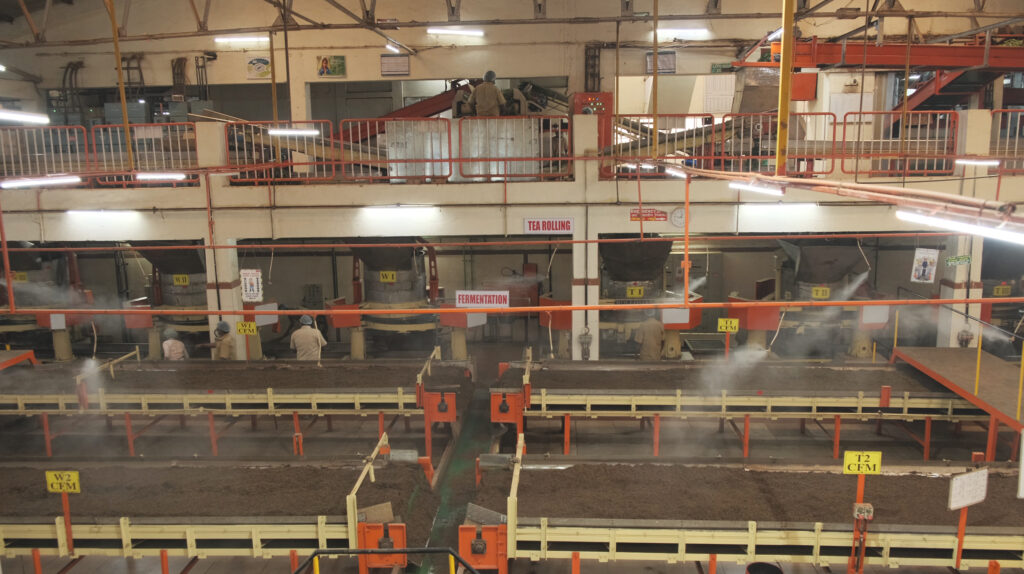
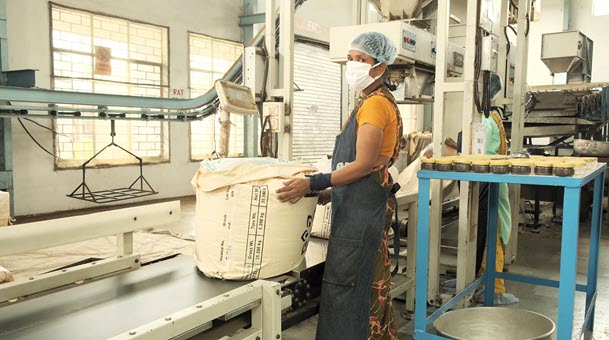
Aravinda: So, is the vocabulary changing on what constitutes sustainability? Is that evolving with the changes that are coming up?
Rajesh: One major change in the thought process, which the trustea code was one of the first to address, is that sustainability is not a stand-alone event. Sustainability comes in an approach where the community, the environment, the people, and the business all come together to deliver the goal. So, in isolation, it cannot be achieved; it has to be a holistic approach. More and more people and more and more businesses and supply chains are realizing that that is the fundamental connection that has to come into what is being done every day to be able to deliver so that the people who make up the supply chain, the people at the bottom of the pyramid have to be equal stakeholders in what is happening, have to benefit equally, then only the benefits of sustainability can be delivered all across the supply chain.
Aravinda: And that comes through when you look at the trustea Council, with representation from every segment and everybody.
Rajesh: When the trustea organization was set up, it was with much thought that a multi-stakeholder council was put in place. Because even at the inception of the program, way back in 2013, it was done through a lot of industry-wide consultation. So that spirit of multi-stakeholder input was always there in the program. When we became a registered company, we thought that the stakeholder Council had to be created with a legal role in giving input to the philosophy and the direction of the program. So that voice of the Indian tea fraternity is not lost when we go ahead. So we gave it a formal role which was a multi-stakeholder Council, and all our decisions and all our long-term strategies are formulated and approved by the Council, which helps us when we go out and meet the tea community when we propagate our program because it has come out through the approval of the larger tea fraternity.
Aravinda: And now that 65% of the production is trustea verified, when do you think 100% can be achieved?
Rajesh: I would say 100% is not our goal and never has been our goal. trustea is a voluntary system to standard. And as long as it meets the business philosophy of the organizations who opt for the program, we are there to help and support. So it has never been a goal and will not be a goal because we think the basic voluntary nature and the beneficiaries should find some value in what we do. And there are various types of businesses and various segments that do business in various ways. So trustea is one of the options for them to carry on their business. So, I would say we are happy that we are growing, but we have no ambition of being 100%.
Aravinda: What can we expect to see in the near future from trustea? Is there anything in the pipeline that you’d like to share?
Rajesh: Three very important focus areas that we will look at when we go ahead into the next ten years, so to speak. One is regenerative agriculture, and we would like to be the people who bring these practices onto the ground. trustea is building up the capability to deliver this to the industry.
The other one is on technology. We are investing heavily in technology, we’re investing heavily in IT, to be able to bring these benefits to people like the smallholder farmers, and some of it is already now being seen.
The third focus area is the safety of the workforce, especially the women. Now women, as we know, constitute more than 50% of the workforce in the tea garden. And there is legal protection for them through the POSH Act. But on the ground, we find that there’s a lot to be done in terms of sensitizing all the women workforce, even the management, about their duties, women about their rights, and what constitutes harassment. So that’s going to be a very important focus area. In fact, we are partnering with an organization called the Women’s Safety Accelerator Fund with the intention of getting a deeper impact on our work in the tea garden. So that’s an indication of how important this facet of women’s safety is for us because a safe and secure women’s workforce, I think, is very, very important for the industry to progress.
Aravinda: That sounds like another busy decade ahead. How can consumers how can tea drinkers access the benefits of what trustea brings to the industry? How will you link back to the consumers?
Rajesh: So far, the trustea certification was limited to the wholesale trade so that tea producers would be certified. And the buyers of tea in bulk would prefer sustainable products; therefore, the consumer was not part of the sustainability dialogue. But it was always the goal of trustea that we have to reach the consumer because the end beneficiary of everything we do is the consumer, who is always important to us.
So trustea has launched a program called the Seal on Pack, which means retail packets of tea will have the trustee seat so producers who retail, packeteers who buy trustea verified tea, and then pack trustea verified tea will be able to put the trustea seal on their pack and the consumer who buys this pack will be able to understand and feel the fact that they are they’re buying a tea which promotes safety, livelihood, and environment across the supply chain.
So there are a lot of consumers today who would like to contribute to the well-being of the supply chain company, especially the lower end and also do good for the planet. So we are also running a campaign educating the consumers about what trustea is and what it means to buy a pack of sustainable tea. And we will have this connection, and this campaign is going forward in a larger way. And we are very excited to give the end consumer an opportunity to have a say in and understand what trustea is all about.
And I think globally, there is a very clear trend of increasing demand for sustainably produced products by consumers. And this trend I’m sure will also be in India. And those people who sell products with the trustea seal and therefore encourage the trustea program to deliver on its goals, I’m sure, will find it connects with the right consumer.
Aravinda: When will the seal on the pack be seen in the markets, in the packets?
Rajesh: Certain retailers have already started putting the seal on the pack. More and more such packs will be available on the shelf. And trustea has this process by which there are rules and regulations which have to be followed for a retailer to be able to claim to be trusted verified. And organizations that meet these and work with us, and we have this two-way commitment, are the ones who put that seal on the back. More and more will be there. We are seeing some on the shelf. And I expect in the coming years; consumers will have more choices.
Aravinda: I think it’s something for people to look for when they shop.


